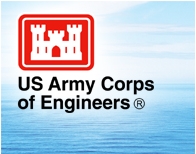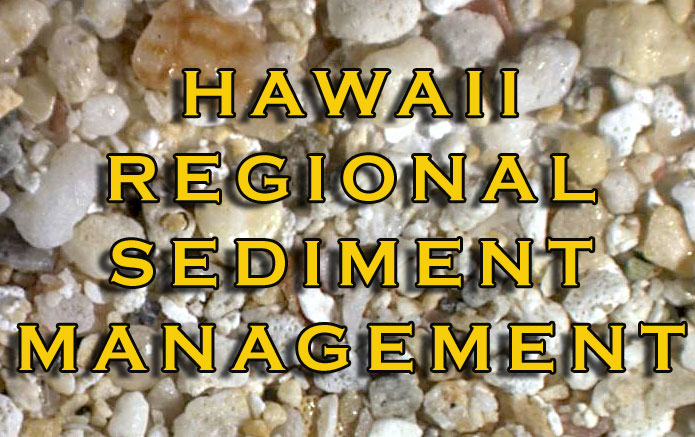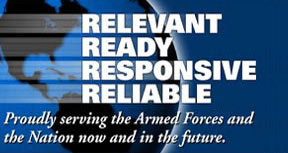Regional Sediment Management (RSM) is a systems based approach with the goal of better managing sediment across multiple projects, both Federal and non-Federal, through improved interagency cooperation, science, and engineering practices.
Key findings of the Diamond Head to Pearl Harbor (D2P) studies include the presence of near-shore sand sources on the reef top in the project area, and generally low sediment transport rates (a few thousands of cubic yards annually). These findings suggest that beach nourishment could be economically viable.
The preliminary plan makes the following conclusions regarding potential RSM projects (PRP) in the Diamond Head to Pearl Harbor region.
• Waikiki Potential RSM Project: There is ongoing erosion in the Waikiki area as a whole. In the 1970s, this was effectively countered by beach nourishment. Between the early 1980s and 2006, almost no beach nourishment occurred, and the beach narrowed significantly. The 2006 nourishment of Kuhio Beach was successful, but ongoing nourishment in the area is needed. Similarly, sand that was placed along Fort DeRussy Beach has partially migrated to the west. This has resulted in narrowing of the beach on the eastern portion of the reach while the western portion of the reach has experienced dramatic accretion. At present, the beach width along the western shoreline of Fort DeRussy Beach is seven times wider than that to the east. One of the components of the Waikiki Beach PRP will be to facilitate and coordinate sand back-passing at Fort DeRussy Beach.
• Pearl Harbor Potential RSM Project: There is ongoing erosion at the Iroquois Point Housing area near Keahi Point, immediately ‘Ewa of the Pearl Harbor entrance. This may be associated with loss of sand into Pearl Harbor – along the beach at Iroquois Point, and in the channel. There may be opportunities to decrease erosion rates, reduce shoaling in the channel entrance, and nourish adjacent beaches.
• In the D2P region, a good degree of localized coordination appears to be in place. The importance of Waikiki’s beaches to the tourist industry has encouraged coordination between the U.S. Army, the hotel industry, and various State of Hawai‘i offices. The existence of a single organization (Ford Housing, LLC) that manages Iroquois Point housing area has led to the pursuit of a single project to manage 4,200 lineal feet of eroding beach. However, ongoing coordination between the Federal interests, the State of Hawai‘i, and the City and County of Honolulu should be furthered.
• Stream mouth management does not appear to be a major issue in the D2P region and no associated Potential RSM Projects have been identified.
• Dune protection does not appear to be a major issue in the D2P region and no associated Potential RSM Projects have been identified.
The following conclusions are reached regarding future investigations.
• Coastal Processes Modeling: Continue water circulation and wave transformation numerical modeling to refine the D2P regional sediment budget. For instance, in the Waikiki Beach littoral cell, there appears to be significant movement of sand between the beaches and the reef. This sediment circulation is not well understood. Given the likely need for ongoing nourishment at Waikiki Beach, these sediment pathways will be investigated further through field work and more detailed coastal processes modeling analyses.
• Regional Sediment Budget: Update the preliminary D2P regional sediment budget based upon the findings of FY10 investigations.
• GIS/IMS: Update the Honolulu District RSM web site to include the D2P region. Similar to the products that are currently available for the Mokapu Point to Makapu‘u Point (M2M) region, the D2P products will be ported to the web site. Historical aerial photography, digitized shorelines, ground photography, coastal structure inventory, regional sediment budget, reports and other D2P products will be available to the public on the web site. An Internet Map Server will provide real-time mapping capabilities to enhance the utility of the information compiled for the region.
• Potential RSM Projects (PRP): Develop details for potential RSM projects identified in FY09 to improve sediment management strategies in the region. Activities to reduce project costs and increase beneficial use of sediments on a regional scale at Pearl Harbor, Waikiki Beach and Iroquois Point will be investigated and coordinated with various stakeholders. For instance, back-passing of sand at the eastern limit of Iroquois Point to beaches to the west could significantly reduce Pearl Harbor dredging requirements. Also, identification of a substantial and sustainable sand source in the vicinity of Waikiki Beach could greatly reduce the cost of restoring its highly utilized urban beaches. Potential back-passing of sand from west to east along the Fort DeRussy shoreline will also be facilitated and coordinated. Due to the limited amount of maintenance dredging that has historically been required at Honolulu Harbor, additional RSM investigations are not recommended for that Federally authorized project at this time.
• RSM Plan Report: Revise preliminary D2P Regional Sediment Management Plan Report to reflect the tasks accomplished in FY10.
• D2P/RSM Workshop: Conduct a series of informational workshops concerning the needs, findings and RSM opportunities within the D2P region. The workshops will provide an overview of the tasks accomplished in the D2P region and include detailed discussions on the findings presented in the D2P/RSM.



